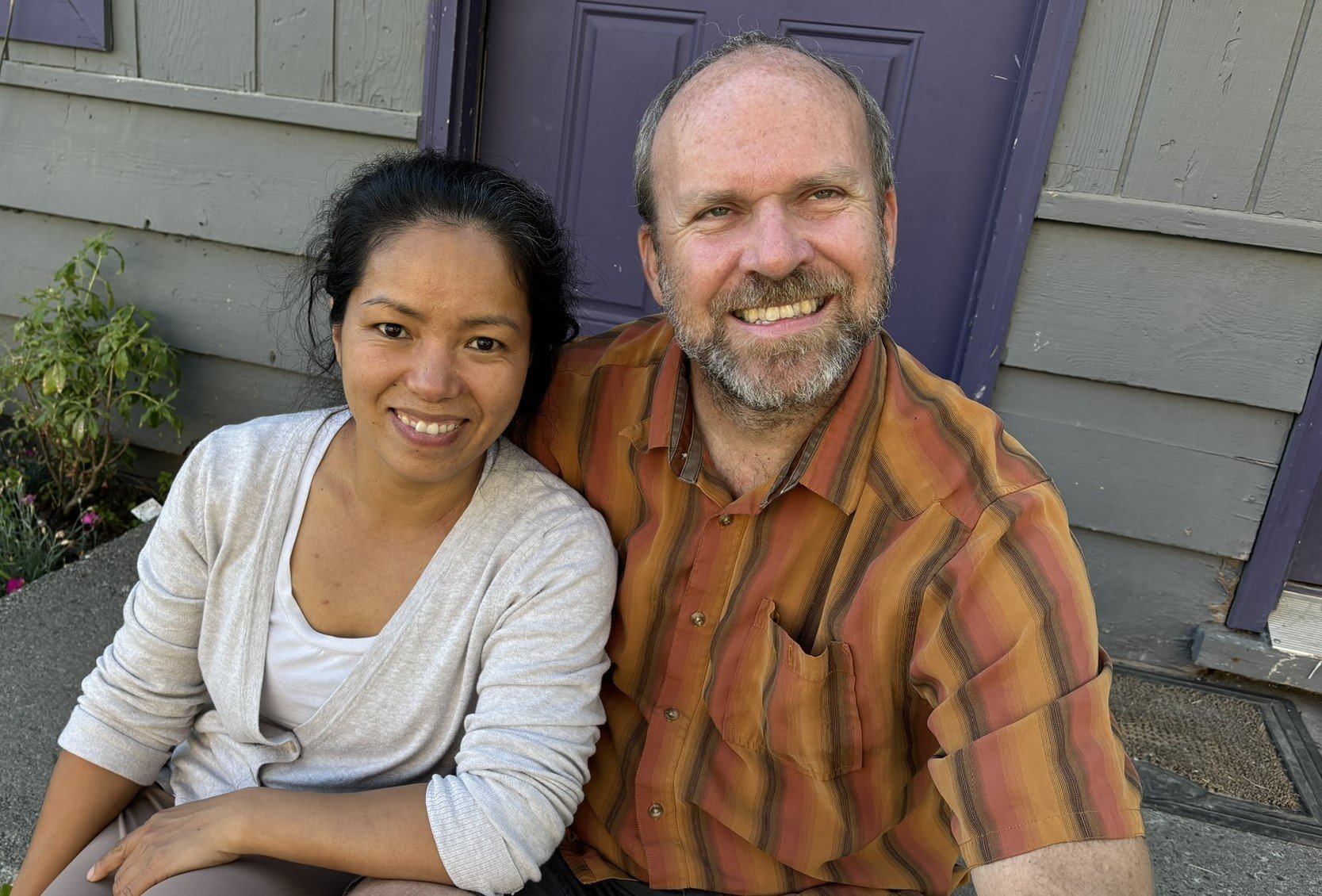Why property owners take a chance on our unhoused neighbors
Thao Le and Cory Detty, Anchorage property owners and landlords
Anchorage property owner Thao Le felt nervous when she started renting apartments to people exiting homelessness. She knew the common concerns: Those who have been unhoused for long stretches may need time to adjust to mainstream life. People may want to move in their friends who are still unsheltered. Some may have untreated substance misuse or mental illness. What if they damage the property?
Yet Thao wanted to help. “My neighbors talk about this problem. My friends talk about this problem. I talk about this problem. We can't just sit here and complain about the problem.”
She knows what it is like to be on the edge of survival. Her family immigrated from Vietnam, and her parents worked multiple minimum wage jobs to keep their six children fed and housed. Neighbors, cousins and a community faith center all helped the family. Now she can give back.
Thao and her husband, Cory Detty, are among 15 landlords partnering with the Next Step housing collaboration led by the Anchorage Coalition to End Homelessness. They say the program is working because it supports clients and property owners.
Tenants entering Next Step from homelessness receive up to a year of support that includes assistance with rent and in-home case management to guide them in apartment life and connect them to services. A dedicated liaison establishes a relationship with landlords that helps mediate issues as they arise. United Way’s Landlord Housing Partnership program offers incentives for signing a lease, a retention bonus after three months, and access to a risk mitigation fund. Property owners who keep a unit open for a Next Step client can receive a hold fee.
“We have a good success rate in keeping people housed. I think that’s because of this holistic approach,” said Mary Jane Michael, ACEH’s unit acquisition and landlord liaison, who brings a master’s in rehab counseling and extensive experience with nonprofits and the Municipality of Anchorage.
Those who are unhoused go through intake and a housing preference assessment with housing navigators. Michael then provides several options of possible apartments. Considerations can include pets, relationships and convenience to work and transportation. After a match is made, Michael helps with the application. Even after the lease is signed, property owners know they can count on her.
“Whenever we have a problem or see a sign of a problem, she follows up right away. She either comes out or sends a case manager right away,” Thao said. “So, if there is a real problem we can solve it.”
Next Step doesn’t require development of new housing, just willingness from property owners to offer units with rents guaranteed by ACEH. The Housing First model says that stable housing is the first and most crucial step in helping individuals address challenges. A hands-on partner, Michaels meets regularly with case managers to go over any issues, whether tenant - or landlord-identified. Regular and constructive communication is key.
And tenants need to know they have rights, too
“We are trying to create relationships that are not adversarial and not intimidating. Educating participants on their rights, as well as their responsibilities, has benefits that extend beyond their time in the program,” said Yvonne Humphery, ACEH director of policy and planning.
Right from the start, case managers focus on developing supports that will endure “to ensure there isn’t a cliff,” Humphery said.
Thao and Cory own 32 apartment units in Anchorage and have rules to ensure that all tenants are good neighbors. The apartments and parking areas are for their tenants, not for extended stays by friends or acquaintances. Having a liaison in place is essential. Michael makes sure any problem “gets resolved,” Thao said.
She encourages other landlords to consider Next Step.
“I do believe in the effectiveness of smaller, grassroots organizations like the Coalition to End Homelessness to make our community better,” Thao said. “They have better communication and most importantly, a community presence — they just show up. How many times have you gotten something accomplished because you knocked on a door?”
Since Next Step began in December, 150 people who had been staying in a shelter have been housed and about a dozen more moved into their own place directly from an encampment. The work is continuing this summer and fall with the goal of housing a total of 45 people from camps, bringing the planned total to close to 200.
Of the first 150 clients, more than 95% remain in their original housing. No one has been evicted. All of those housed are taking the next step and building a rental history.
“I see homeless camps on my way to work, my biking path and on the way to get groceries, just everywhere around town. And it makes me very sad,” Thao said. “We have to work together to solve it.”

